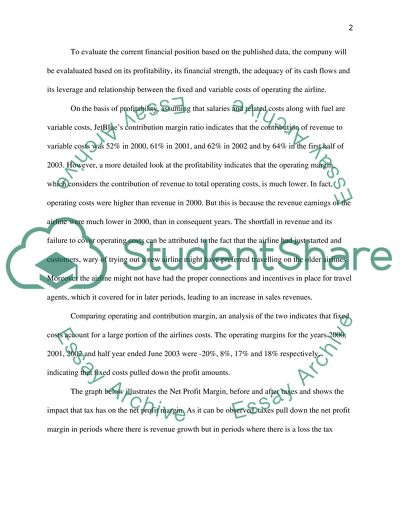Cite this document
(“JetBlue Case Study Example | Topics and Well Written Essays - 3000 words”, n.d.)
JetBlue Case Study Example | Topics and Well Written Essays - 3000 words. Retrieved from https://studentshare.org/miscellaneous/1521927-jetblue
JetBlue Case Study Example | Topics and Well Written Essays - 3000 words. Retrieved from https://studentshare.org/miscellaneous/1521927-jetblue
(JetBlue Case Study Example | Topics and Well Written Essays - 3000 Words)
JetBlue Case Study Example | Topics and Well Written Essays - 3000 Words. https://studentshare.org/miscellaneous/1521927-jetblue.
JetBlue Case Study Example | Topics and Well Written Essays - 3000 Words. https://studentshare.org/miscellaneous/1521927-jetblue.
“JetBlue Case Study Example | Topics and Well Written Essays - 3000 Words”, n.d. https://studentshare.org/miscellaneous/1521927-jetblue.


